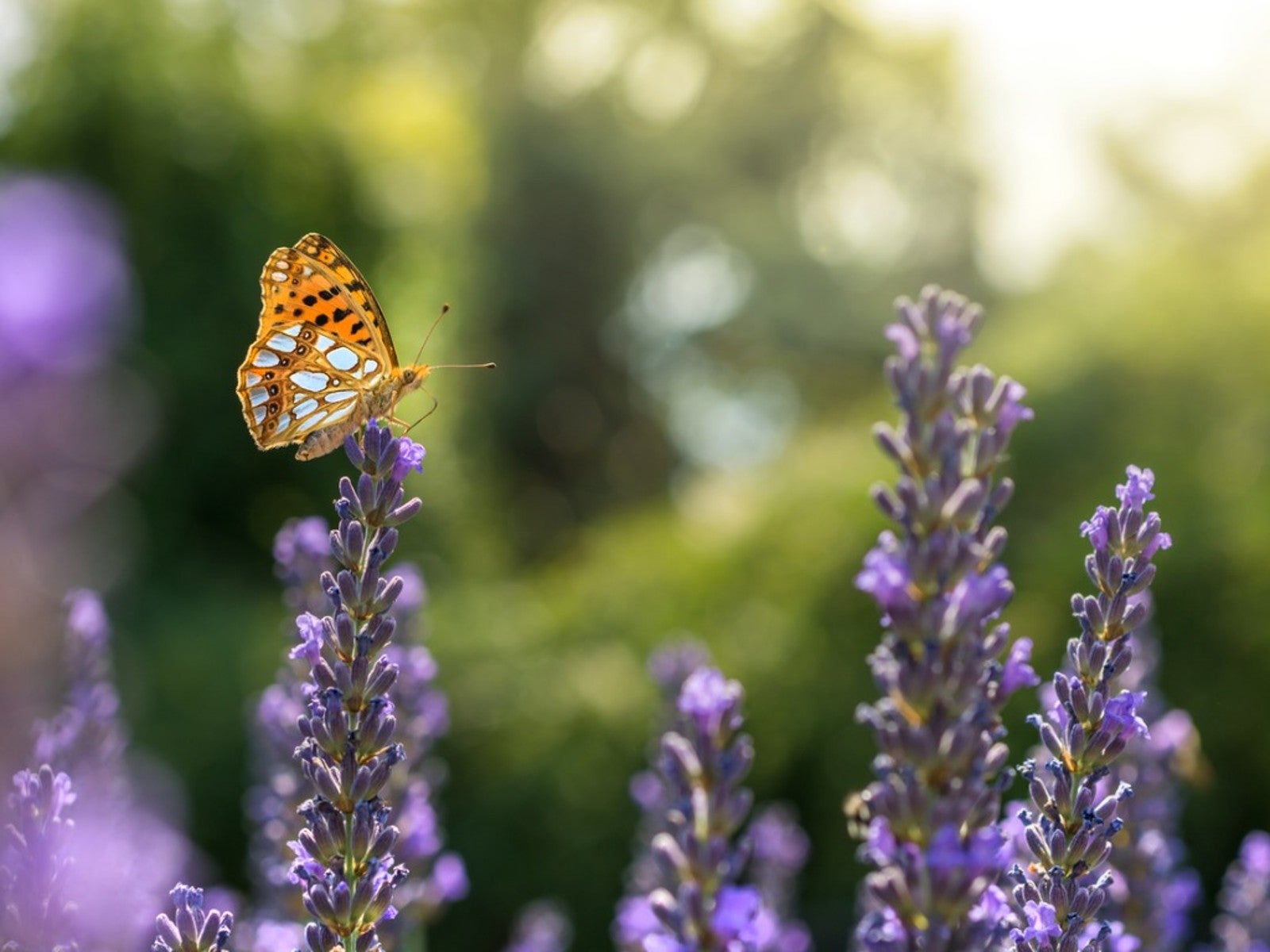Symbiotic Gardening Relationships


The mutualistic relationship between plants and animals, as well as plants with other plants and fungi, is called symbiosis. When one species benefits from another -- and vice versa -- they work together in unique ways that gardeners can take advantage of to get better results.
What is Symbiosis?
Plant-animal symbiosis -- as well as plant-plant and fungi-plant symbiosis -- is a mutually beneficial relationship between organisms of different species. These relationships occur naturally but gardeners can also harness them for greater success growing plants.
How Gardeners Use Mutualism in Plants and Animals
There are many ways you can use these natural symbiotic relationships in plants, animals and even fungi to create a better garden:
Companion Planting
One of the most common ways gardeners use symbiosis is by companion planting. This involves putting certain plants near each other so that one benefits the other. One example has been used by indigenous Americans for thousands of years. Beans are legumes and they fix nitrogen in the soil. Corn needs a lot of nitrogen and also provides a scaffold for vining beans, so you can plant the three together to get two benefits.
Another example of companion planting is to put marigolds around vegetables. Marigolds have a strong smell that deters rabbits and many insect pests. The vegetables, in turn, provide dappled sunlight for the marigolds as they grow. Marigolds love sun early in the summer but benefit from some shade later.
Attracting Beneficial Insects
Beneficial insects are those that prey on pest insects that damage plants. By planting species that beneficial insects like, you attract them to and protect your vulnerable plants. For instance, green lacewing eats many pests and is attracted to herbs like dill, fennel, and cilantro.
You can also use the natural relationship between pollinators and flowering plants to enhance the health of your garden. Pollinators, like bees and bats, feed on certain flowers, which in turn helps disperse them. Be sure to plant native flowers used by species local to your area.
Sign up for the Gardening Know How newsletter today and receive a free copy of our e-book "How to Grow Delicious Tomatoes".
Creating Biodiversity
Symbiosis between species is complicated. There are many relationships co-occurring in native ecosystems, likely including some we don’t yet understand. This is one reason it’s important to have diverse ecosystems, even in manmade gardens.
Diversity in the plants you use in the garden will give you the most benefits from symbiotic relationships. Also important is growing native species. These have evolved to work with each other for mutual benefit.
Natural symbiosis is a fascinating subject, and one that gardeners can harness to create more diverse, healthy, and productive spaces.

Mary Ellen Ellis has been gardening for over 20 years. With degrees in Chemistry and Biology, Mary Ellen's specialties are flowers, native plants, and herbs.